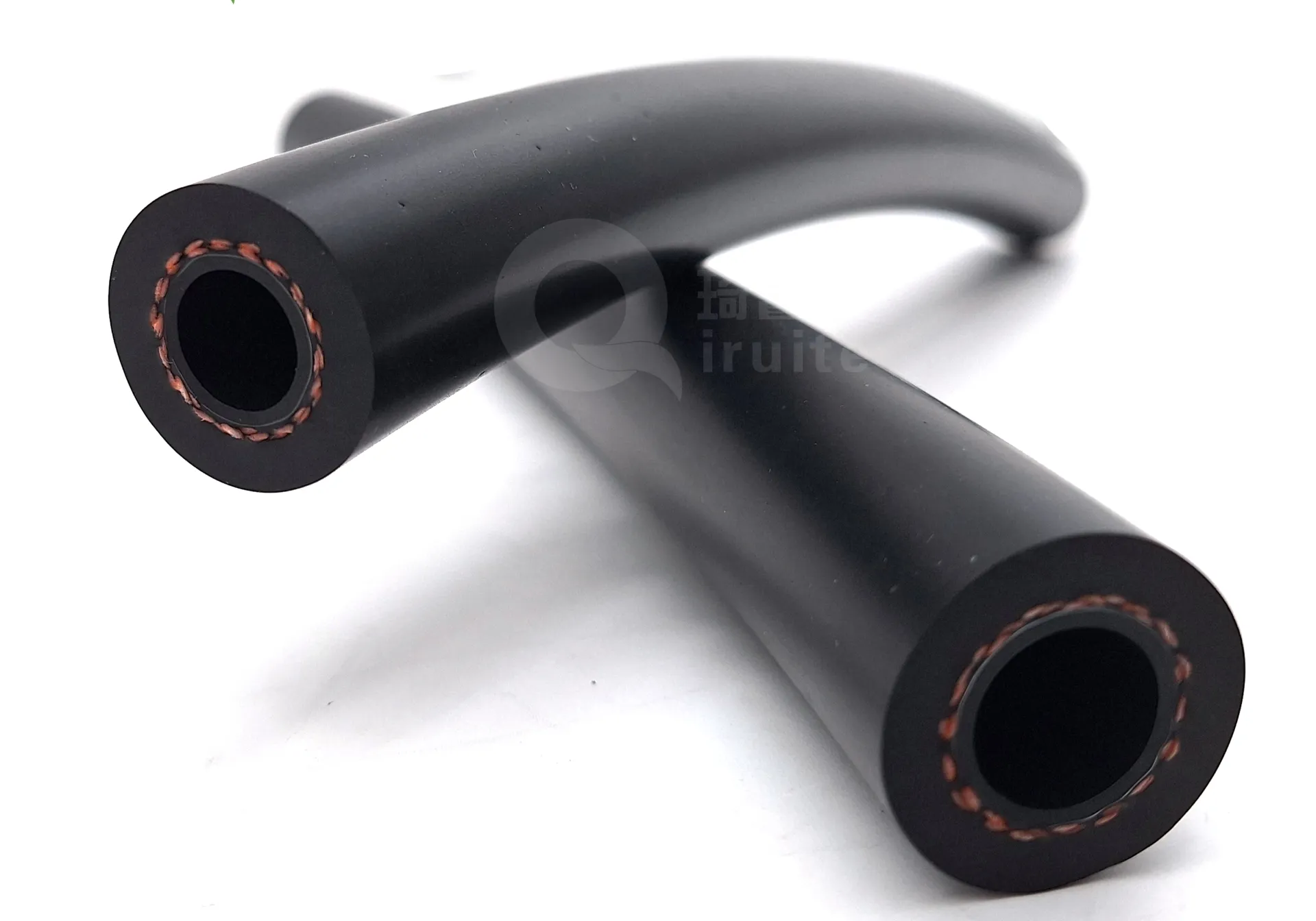Power Steering Hose Crimp Leak Causes and Solutions for Effective Repair
Understanding Power Steering Hose Leaks at the Crimp Causes and Solutions
Power steering systems play a crucial role in modern vehicles, providing drivers with the necessary assistance to steer with ease. Among the various components of this system, the power steering hose is essential for transferring hydraulic fluid. However, leaks can occur, particularly at the crimped connections. Understanding the causes of these leaks and how to address them is vital for maintaining an efficient power steering system.
What is Power Steering Hose Crimping?
Crimping refers to the process of securing the end of the power steering hose to the fitting or connector. This procedure creates a tight seal, ensuring that hydraulic fluid can flow smoothly between the power steering pump and the steering gear. The crimped area is critical because it withstands high pressure and must resist wear and tear from constant movement and environmental factors.
Common Causes of Leaks at the Crimp
1. Age and Wear Over time, the materials used in the power steering hose, including rubber and metal, may degrade due to exposure to heat, pressure, and hydraulic fluid. As these materials age, the integrity of the crimped connection can weaken, leading to leaks.
2. Improper Installation If the power steering hose is not crimped correctly during manufacturing or replacement, it may not create a proper seal. Inadequate crimping can allow fluid to escape, resulting in a visible leak.
3. Corrosion The fittings or connectors may be subject to corrosion, especially in environments with high humidity or exposure to road salt. Corrosion can compromise the crimped area, leading to leaks.
4. Vibrations and Movement Vehicles experience vibrations and movement while driving. Over time, these factors can loosen the crimped connection, especially if the hose isn’t securely fitted or if there are missing or damaged brackets.
5. Overheating If the power steering system runs too hot, it can cause the rubber in the hose to expand and contract excessively. This can weaken the crimp and lead to fluid leaks.
Identifying Leaks
power steering hose leaking at crimp

Detecting a power steering hose leak is crucial for preventing more significant issues. Signs of a leak usually include
- Fluid Spots Dark red or brown fluid spots under the vehicle can indicate a power steering fluid leak. - Steering Difficulties If you notice that your steering has become less responsive or feels heavier than usual, it could be due to a loss of hydraulic fluid.
- Noise A whining or groaning noise when turning the steering wheel might also suggest a leak, as the system may be struggling to maintain pressure.
Solutions
1. Inspection Regularly inspect the power steering hose and fittings for signs of wear, corrosion, or damage. Early detection can save you from more costly repairs.
2. Replacement If the hose is found to be worn or the crimped area is leaking, replacing the entire hose is often the best solution. This ensures that you have a new, secure connection that can withstand pressure.
3. Professional Help If you are not experienced with automotive repairs, seeking professional assistance is advisable. A mechanic can accurately diagnose the issue and ensure that the replacement is done correctly.
4. Preventive Measures To extend the life of your power steering hose, consider regular maintenance, including checking fluid levels and the condition of the hose, as well as avoiding excessive heat exposure and vibrations.
Conclusion
Leaking power steering hoses at the crimp require prompt attention to maintain vehicle performance and safety. By understanding the causes, recognizing the signs of a leak, and taking appropriate actions, drivers can ensure the reliability of their power steering system and enhance overall driving experience. Regular checks and maintenance can go a long way in preventing such issues, keeping your vehicle in optimal condition for years to come.
-
Reliable Brake Line Solutions for Your VehicleNewsJun.05,2025
-
Quick Fix for Leaky Air Conditioning HosesNewsJun.05,2025
-
Powerful Sewer Jetting Solutions for Tough ClogsNewsJun.05,2025
-
Power Steering Hose Problems SolvedNewsJun.05,2025
-
Hose Protectors That Actually WorkNewsJun.05,2025
-
Essential Hose Connectors for Every HomeNewsJun.05,2025

